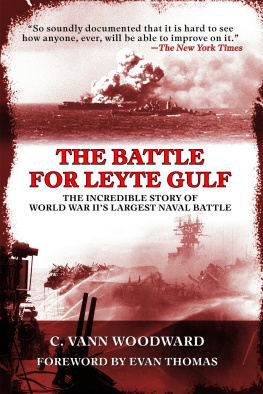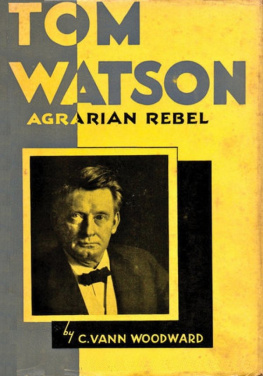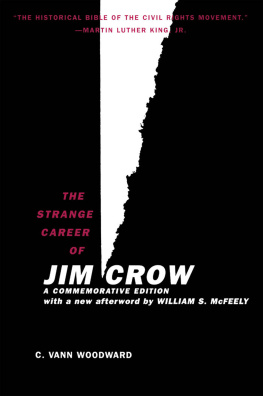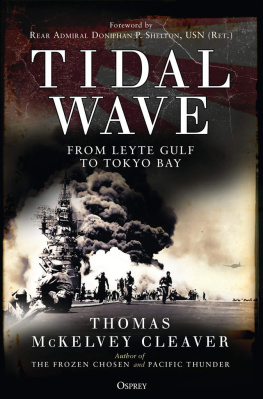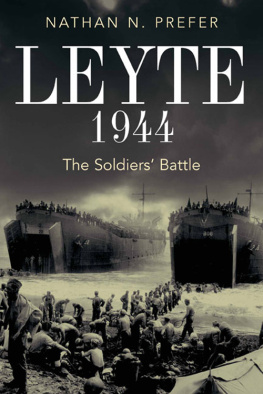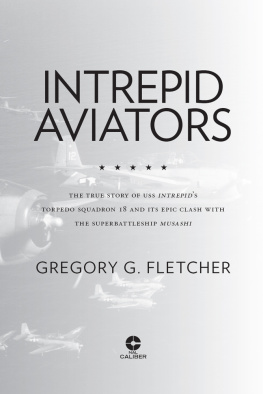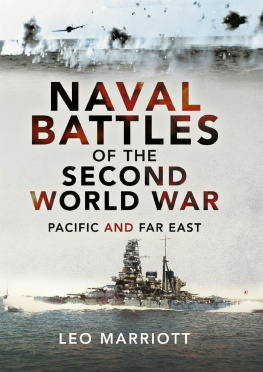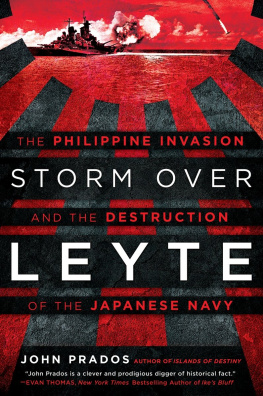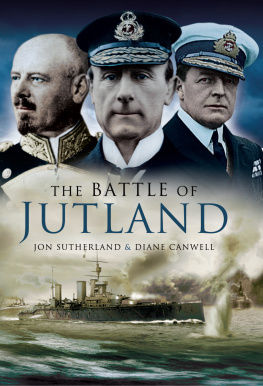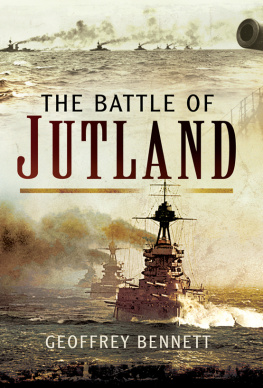C. Vann Woodward, associate Professor of History at John Hopkins University, served during the war as an Intelligence Officer in the Office of Chief of Naval Operations. Before the war he taught at Scripps College, the University of Virginia, and the University of Florida. Professor Woodward is also the author of Tom Watson, Agrarian Rebel.
I
SORTIE OF THE IMPERIAL FLEET
Only once in the two years that had passed since the hard-pressed, bitterly fought days of Coral Sea, Midway, and Guadalcanal had the Japanese Fleet ventured out in strength to offer battle. Even in the critical actions of 1942 nothing like full scale commitments had been made on either side, and while the Battle of the Philippine Sea brought out a large part of the enemy fleet the engagement had been confined to air action. None of our many landing operations in 1943 and, with the single exception of the Marianas, none in the following year had been challenged by major forces of the Japanese Navy.
The westward sweep of our Pacific offensive had by the fall of 1944 converged in two mighty thrusts aimed at the Philippine Islands, flanking them from the east and south. On September 15 simultaneous landings were made on Peleliu Island of the Palau Group and on Morotai in the Moluccas. The Peleliu landing brought the Central Pacific Forces, under the command of Admiral Chester W. Nimitz, to the Western Caroline Islands within five hundred miles east of Mindanao. The path of their advance had been westward from the Gilbert Islands through the Marshalls and Marianas. By the landing on Morotai General Douglas MacArthur advanced the frontier of his Southwest Pacific Forces, which had pushed northwest along the coast of New Guinea, to within three hundred miles southeast of Mindanao. The Philippines lay ahead as the next great objective.
Would the landing in the Philippines precipitate the long-awaited event? Would the Imperial Japanese Navy at last be tempted to risk a full scale action with our fleet? In spite of its inferior strength and its long period of hiding, there was reason to believe that the enemy fleet would resist our next assault with an all-out attack. Only a month before the landing took place, Navy Minister Admiral Mitsumasa Yonai told the Japanese Diet that the Combined Fleet remained intact and that the officers and men under Admiral Soemu Toyoda were imbued with a burning fighting spirit to crush the enemy at the earliest opportunity. He also observed that the nearer the enemy approaches the inner line of our solid national defense, the greater will become the difficulties and weaknesses of the enemy.
These were not altogether idle words of Admiral Yonai. The Japanese Fleet was by no means impotent at this time, and general strategic factors were heavily in the enemys favor. While our lines of communication and supply were being stretched to tremendous distances his were being materially shortened. He would fight, moreover, within easy range of scores of his own airfields. The assault upon the Philippines would be unlike any of our landings on the tiny atolls and islands to the eastward, and different from our jungle-locked beachheads in New Guinea. In those operations it had been possible to neutralize enemy airfields. The airfields and emergency strips in the Philippines, some seventy of them operational, would be too numerous to be effectively neutralized and too close to Formosa and the Empire to be cut off from reinforcement. On the other hand, we would be fighting 500 miles from our nearest airfield, entirely dependent upon carrier-based planes for cover and under grave strategic disadvantages. The winding passages through the Philippines, presumably mined and covered by land-based planes, were denied to our forces, while they remained open to those of the enemy.
So impressed was our high command with these disadvantages that as late as mid-September our closely guarded plans for future operations called for three amphibious operations in addition to the two on the 15th before the landing on Leyte Island was to be attempted. The first of these was a landing on Yap Island as a continuation of the Western Carolines campaign by the Central Pacific Forces. This was set for September 26. MacArthurs forces were to move on to Talaud Island, northwest of Morotai, on October 15, and from that stepping-stone they were to leap to southern Mindanao on November 15. The landing in Leyte Gulf was not scheduled until December 20. In prospect the Philippines campaign therefore assumed somewhat the shape of the long struggle for the Solomons and New Guinea. Plans and preparations were made accordingly.
Then came a sudden and dramatic change in the whole concept and strategy of the campaign. A week before the Morotai-Peleliu landings the Third Fleet, under the command of Admiral William F. Halsey, Jr., began a series of air strikes which lasted until the 15th and had as their purpose the neutralization of enemy airfields which might interfere with the landings of that date. These attacks revealed much unexpected weakness of the enemy in that area. One of Halseys grounded pilots made his way back to the fleet with the aid of Filipino guerrillas bringing information that confirmed this weakness. Halseys staff, which had developed the strategy of bypassing in the Solomons, had already discussed the possibility of adapting the same strategy to the Philippines campaign. With the new information in hand, Halsey recommended in a message sent in the early morning hours of the 13th that all intermediary and preparatory landings and operations be dispensed with and that the assault on Leyte Gulf be carried out as soon as possible.
The landings of the 15th went forward as scheduled, but Admiral Nimitz and General MacArthur concurred in Halseys recommendations for the abandonment of additional landings and promptly forwarded them for approval to the Joint Chiefs of Staff, then attending an inter-Allied conference at the Chteau Frontenac in Quebec. Called hastily from a dinner party, the admirals and generals of the Joint Chiefs quickly approved the change in plans and the proposed target date of October 20 for the Leyte landing. The new plan, which promised to shorten the war by several months, went into effect on the same day, in fact within a few hours of the time it was proposed.
There was now only a little more than one month instead of more than three months in which to prepare for the great offensive in the Philippines. With a gigantic grinding of gears and applying of brakes many vast operations were pulled to a sudden halt and the huge Pacific war machine was reorganized and turned in a new direction.
A large part of the task force intended for the seizure of Yap Island had already departed from Hawaii combat-loaded, while the remainder was embarked and ready to sail the following morning. These ships and troops were at once diverted to the Southwest Pacific by Admiral Nimitz and put under the command of General MacArthur. Later Nimitz placed Vice Admiral Theodore S. Wilkinson and the Third Amphibious Force at the disposal of MacArthur for the Leyte operation and greatly augmented the naval forces of Vice Admiral Thomas C. Kinkaid, commander of the Seventh Fleet, which was part of MacArthurs command. Large numbers of transport vessels as well as escort carriers, battleships, cruisers, and destroyers were transferred to the Seventh Fleet.
The speed with which the supreme army and navy commands, which had heretofore operated independently, coordinated their plans and forces for this operation was one of the greatest achievements of the Pacific War. All resources of supply, intelligence, ordnance, and all other military services from Washington to Hollandia were set to work at top speed planning, coordinating, administering, training, loading, fueling, and arming in preparation for the great offensive. In the steaming sweat of the New Guinea tropics the operation known by the code name KING TWO was mounted.

